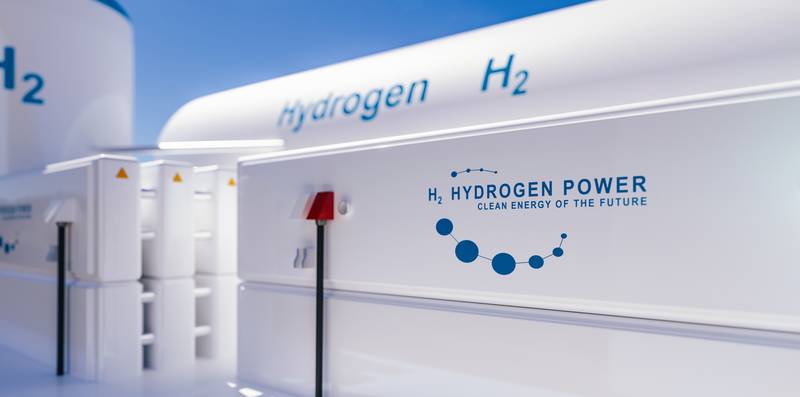Why clean hydrogen is crucial to achieving global energy security
20 January, 2022

The unusual speed of clean hydrogen’s true dawn illustrates how this budding market has grabbed investors’ appetite – and 2022 will only see it intensify.
What is the most abundant element in the universe is certainly not a silver bullet in the global push for net zero by 2050. But we do know climate goals cannot be achieved without clean hydrogen – predominantly known as green and blue hydrogen.
Therein lies the market’s invaluable potential, especially as the globe faces a crunch point to achieve energy security, environmental goals and economic growth – all simultaneously.
We are still in the very early days of a clean hydrogen market: nearly the entire market is currently generated by fossil fuels, not renewables. But the many bricks laid in 2021 will undoubtedly help propel activities this year, especially in overcoming the classic chicken-and-egg financial conundrum that many emerging markets bear.
Brick by brick
The UAE unveiled its Hydrogen Leadership Roadmap last November during Cop26 – the first nation in the Middle East to do so. I expect to see many changes revealed this year, especially when it comes to boosting investors’ confidence.
Most notably so far, the UAE said low-carbon hydrogen will account for 25 per cent of its energy basket by 2030 – an ambitious eight-year timetable for Opec’s third largest oil producer.
It also suggests that we could see a regional domino effect, with other nations launching road maps for clean hydrogen in 2022.
Plus, the UAE’s project plans include the first solar photovoltaic and green hydrogen producing facility in the Middle East and North Africa and the first large-scale green hydrogen project for green steel in the Mena region, according to the country’s information agency. Many eyes are also on Saudi Arabia, the only other nation in the region (besides the UAE) to have a net zero target. The kingdom is already a big voice supporting the growth of a clean hydrogen market, aiming to be a top supplier by the early 2030s.
It is also home to a deal for a $5bn green hydrogen-based ammonia production facility, potentially the world’s largest green hydrogen project when it comes onstream in 2025.
Egypt’s hosting of Cop27 later this year and the UAE being home to Cop28 in 2023 should only hasten the volume of finance and pilot projects for clean hydrogen this year.
The historical centre of fossil fuels wants to use the Cops, the world’s largest climate gatherings, to showcase its progressive attitude, especially as the UAE pushes to be the green pioneer of the Middle East.
Crafting alliances
Europe will have to import 50 per cent of its hydrogen needs in the next few years, with Germany’s need reaching even higher at 75 per cent. Therein lies a natural tie-in with the Middle East’s export ambitions.
On a fast-growing list of global discussions, the UAE and Russia now have a “declaration of intent” to form a joint task force for clean hydrogen while Saudi Arabia delivered the world’s first shipment of blue ammonia to Japan last year.
This year, the Middle East will look at every point on the compass to curate relationships with developers, off takers and partners wherever they can.
I also expect Middle Eastern stakeholders to look more closely at the transport of clean hydrogen this year.
Perhaps efforts can echo Europe’s Hydrogen Backbone, where the continent is making 40,000 kilometres of pipelines “hydrogen ready” by 2040.
The Middle East certainly has existing and expansive infrastructure, thanks to decades as a world-leading fossil fuel operator, although cross-border connections need strengthening.
Regional energy interconnectivity has long been a weak spot for fossil fuels but I believe clean hydrogen offers enough economic and environmental incentive to set a new tone.
There are many other areas that need attention this year, including research and development into the water usage surrounding clean hydrogen – a critical point for the Middle East, which suffers from water scarcity.
There is also the question of fully understanding regional needs for clean hydrogen. Much is said of the Middle East’s export potential, a chance to replicate its prowess as a global fossil fuel player. But national demand must also be catered to.
Countries in the region must avoid the quandary of being a major producer and exporter of an energy commodity that they then have to import due to national shortages, as was the case with LNG.
Going into 2022, the list of objectives is currently far longer than the list of achievements. But that is to be expected with a new market, let alone a global commodity that can reshape the world’s climate trajectory.
Source: www.thenationalnews.com
TAG(s):
